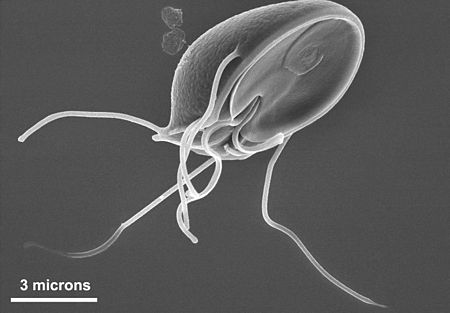Common Protozoa that Infect Drinking Water and How to Get Rid of Them
by Gazette Technical Wizard Pure Water Annie
![pwanniemedium[1]](http://www.purewatergazette.net/blog/wp-content/uploads/2012/05/pwanniemedium1-150x150.jpg)
The the most common protozoa that affect drinking water quality in the United States are Cryptospridium and Giardia. Both are intestinal parasites of warm-blooded animals. There are several species of each, and some can infect humans. Infection can come from recreational waters, drinking water, or food.
According to one authority, “Infection requires ingestion of about one to 10 organisms. Some infections are asymptomatic, so some people are not aware they are infected. Symptoms can include diarrhea and sometimes nausea, vomiting and fever. The infections are usually self-limiting, lasting several days for healthy people, but they can be chronic or fatal for less healthy or immunocompromised people.”
Both Cryptosporidium and Giardia thrive in cold water, but Crypto cysts are sensitive to higher water temperature and can survive only about a week in 85 degree F. water. Both cysts are much more resistant to the usual water disinfectants than bacteria, and Cryptosporidium is virtually unaffected by regular municipal chlorination. Ozone and ultraviolet treatment are very effective for both, and because both cysts are relatively large, tight filtration devices like ultrafiltration, microfiltration, nanofiltration, and reverse osmosis easily remove them. In fact, a common treatment for both is conventional filtration in the two-micron range and tighter.
In a word, both cysts are fairly easily eliminated by point of use treatment like tight undersink filters and reverse osmosis and point of entry treatment by ultraviolet, but regular city water disinfection with chlorine and chloramine cannot be relied upon.
The size of the Giardia pictured above shows that the cysts are easily controlled by tight filtration devices like reverse osmosis and even conventional 1-micron filters.
More about Giardia.
More about Cryptosporidium.




